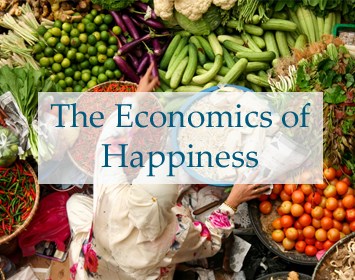Inauguration 2017 Special Coverage w/ Angela Davis, Naomi Klein, Ralph Nader & More
Menu

Special coverage in the Trump Era
From Public Citizen's Corporate Presidency site: "44 Trump administration officials have close ties to the Koch brothers and their network of political groups, particularly Vice President Mike Pence, White House Legislative Affairs Director Marc Short, EPA Administrator Scott Pruitt and White House budget director Mick Mulvaney."
Dark Money author Jane Mayer on The Dangers of President Pence, New Yorker, Oct. 23 issue on-line
Can Time Inc. Survive the Kochs? November 28, 2017 By Jane Mayer
..."This year, among the Kochs’ aims is to spend a projected four hundred million dollars in contributions from themselves and a small group of allied conservative donors they have assembled, to insure Republican victories in the 2018 midterm elections. Ordinarily, political reporters for Time magazine would chronicle this blatant attempt by the Kochs and their allies to buy political influence in the coming election cycle. Will they feel as free to do so now?"...
"Democracy in Chains: The Deep History of the Radical Right’s Stealth Plan for America" see: our site, and George Monbiot's essay on this key book by historian Nancy MacLean.
Full interview with The New Yorker’s Jane Mayer March 29, 2017, Democracy Now! about her article, "The Reclusive Hedge-Fund Tycoon Behind the Trump Presidency: How Robert Mercer Exploited America’s Populist Insurgency."
Democracy Now! Special Broadcast from the Women's March on Washington
The Economics of Happiness -- shorter version
Local Futures offers a free 19-minute abridged version of its award-winning documentary film The Economics of Happiness. It "brings us voices of hope of in a time of crisis." www.localfutures.org.
What's New?
May 27, 2009
What the financial collapse can teach us about the food system
..."Like the financial sector, the food system has dramatically globalized over the past generation, even as it has become increasingly concentrated (PDF). Just as traders in New York, Tokyo, and London—often employed by the same mega-banks—can make, say, the Argentine peso plunge or soar with a few keystrokes, global food commodity markets have become tightly intertwined.
"Just last year, the U.S. policy of diverting massive amounts of corn to biofuel—in concert with similar European Union policy on soybeans—sparked steep increases in food prices worldwide, pushing hundreds of millions of people into hunger. In essence, decisions made in Washington and Brussels reduced Haiti’s urban poor to eating mud cakes.
"The analogy between food and finance also extends to the concept of leverage. During the boom, a typical Wall Street firm held a dollar in liquid assets for every 25 it used to make speculative bets in stuff like derivatives and credit default swaps. Execs were so confident that real-estate prices go only one way—up!—that 25-to-one leverage seemed like a sound business model. Paumgarten shows that many of them had doubts; but that only makes the situation more stunning...
But: ..."Just as signs industrial food’s fragility abound, there’s also evidence of robust alternatives nationwide. For 20 years, farmers markets and CSAs have grown dramatically, providing links between consumers and farmer unmediated by transnational food corporations."..
Read article here, posted 25 May 2009 on http://www.grist.org/

